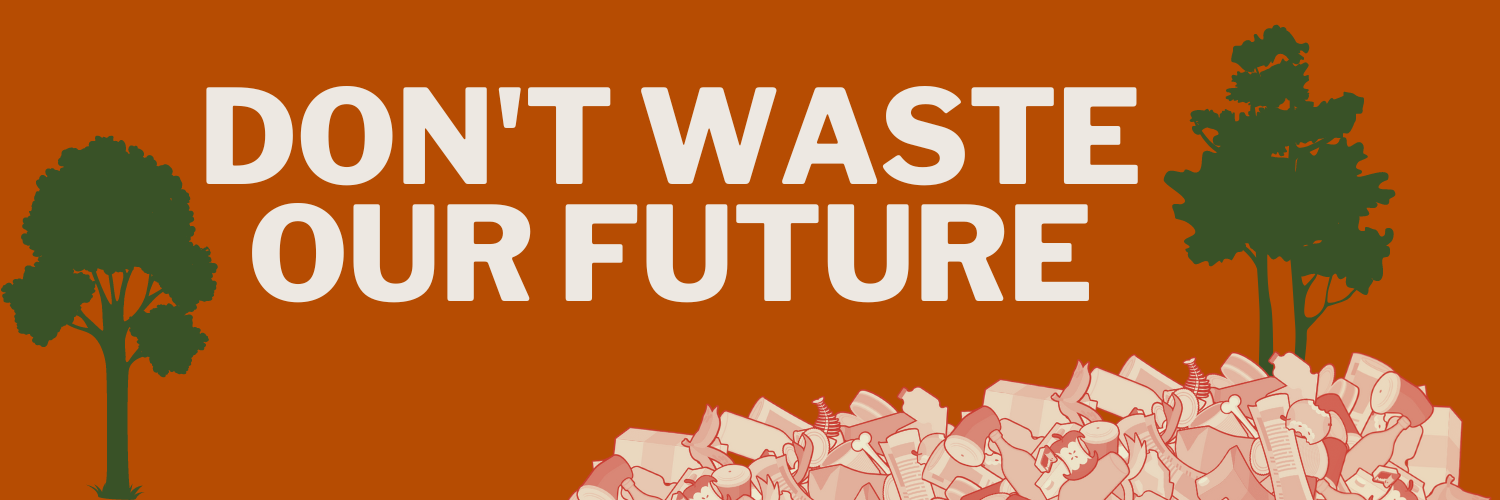public comment sought on draft national strategy on food waste/organics recycling
During COP28, the U.S. released the EPA-USDA-FDA Draft National Strategy for Reducing Food Loss and Waste and Recycling Organics. Advocates have been eagerly awaiting this, as it’s the first whole-of-U.S.-government strategy on food waste and organics recycling and how to achieve the already-on-the-books-since-2015-national goal of reducing food loss and waste 50% by 2030. It’s also part of the Administration’s National Strategy on Hunger, Nutrition, and Health.
They are seeking input on the draft strategy until February 4 - please take the time to weigh in at this critical moment in federal strategy formation! Provide your comments through Regulations.gov, Docket ID No. EPA-HQ-OLEM-2022-0415.
The strategy proposes four objectives with many strategies for each:
1) Preventing the loss of food where possible;
2) Preventing the waste of food where possible;
3) Increasing the recycling rate for all organic waste; and
4) Supporting policies that incentivize and encourage food loss and waste prevention and organics recycling.
What’s in the plan that’s a step forward:
Focusing resources to disadvantaged communities, as part of Justice40 commitments: The strategy notes the need to “consider environmental justice concerns and the potential to reduce food and nutrition insecurity, and drive innovation and economic growth.” They highlight the need to build out recycling infrastructure in historically disadvantaged communities, and that agencies will research barriers to decentralized community composting. “EPA, USDA and FDA seek to accomplish this in ways that address climate change while being inclusive of all communities,
Maximizing existing federal resources like the Solid Waste Infrastructure for Recycling Grant Program and Recycling Education and Outreach Grant Program, the USDA’s Composting and Food Waste Reduction cooperative agreement program, etc.
Regular reporting on progress: Data and measurements will be reported in the administration’s annual Report on the Environment.
Focus on the multiple benefits of addressing food waste and improving circularity: Maximizing social and economic benefits, improving food access, creating new jobs, increasing supply chain resiliency, and saving money for households.
What’s missing from the plan:
Minimizing unchecked methane emissions from food and organic waste - this should be a fifth objective of the plan, because we are stuck with millions of tons of organic waste in landfills that is not coming out and will be creating the super pollutant methane for decades. The amount of food waste in landfills is growing and every day organic waste is dumped and burned. And, even if this strategy is successful in achieving a 50% reduction in food waste that still leaves plenty of organic waste in landfills. The report itself states that “an estimated 61 percent of methane generated by landfilled food waste is not captured by landfill gas collection systems and is released to the atmosphere.” That is a problem that can and should be fixed -by updating federal standards for landfill emissions so that landfill operators install gas collection systems earlier to actually capture the methane from food waste and get in place effective monitoring for leaks.
Banning organic waste from incineration.
